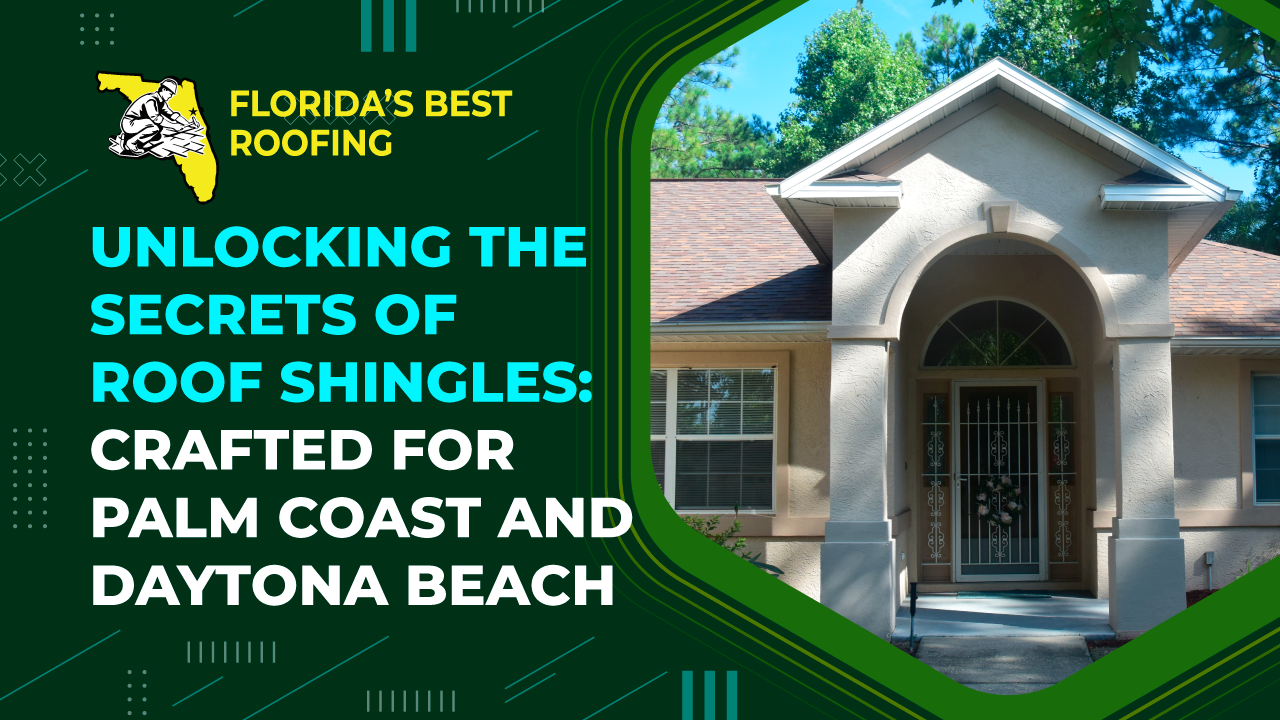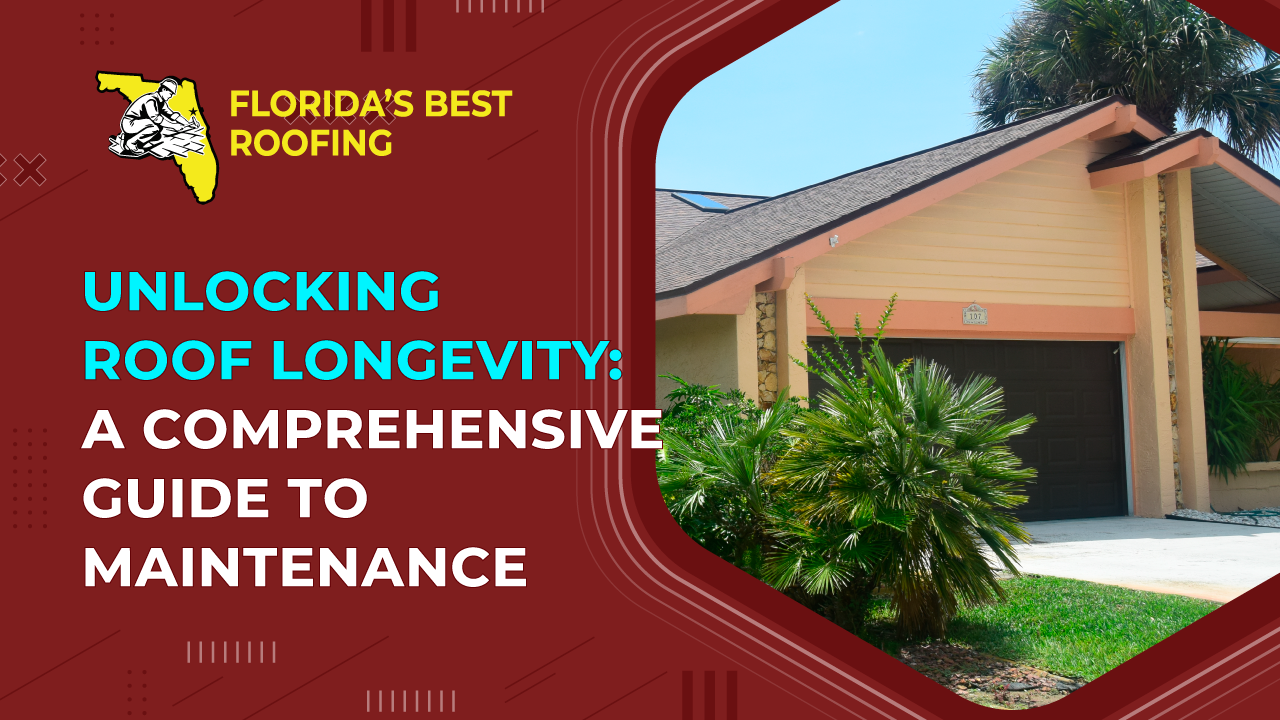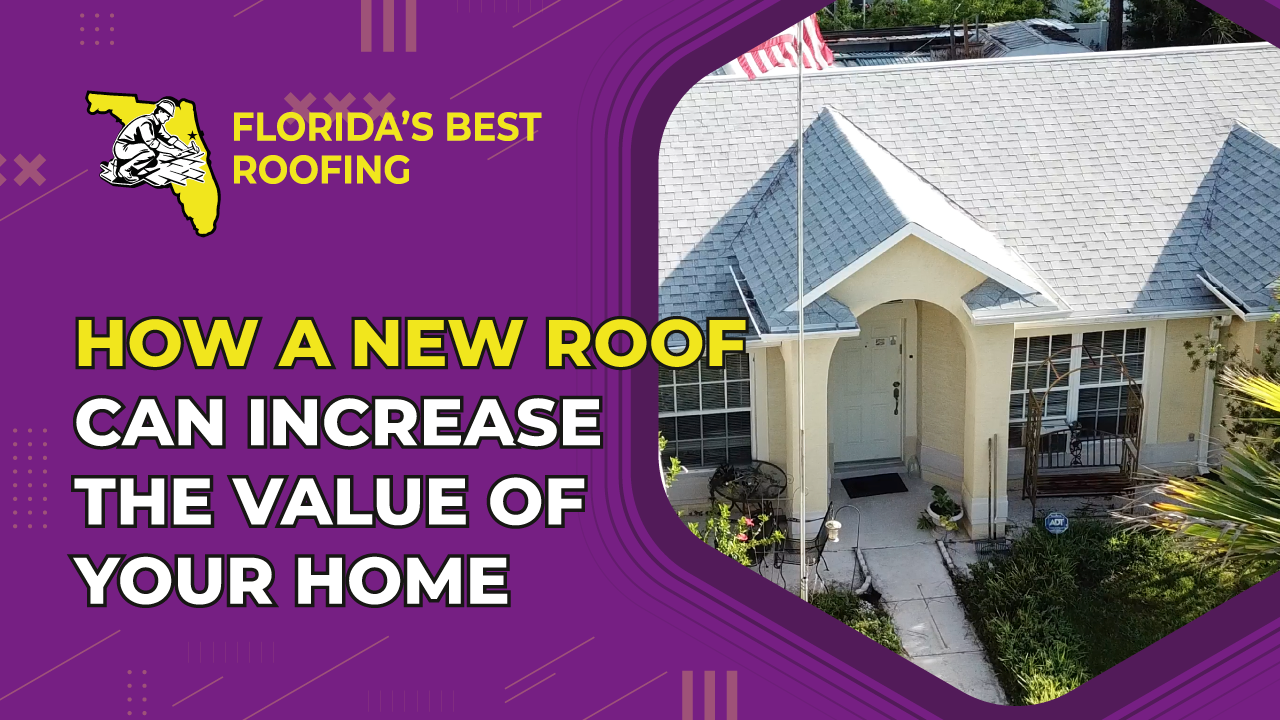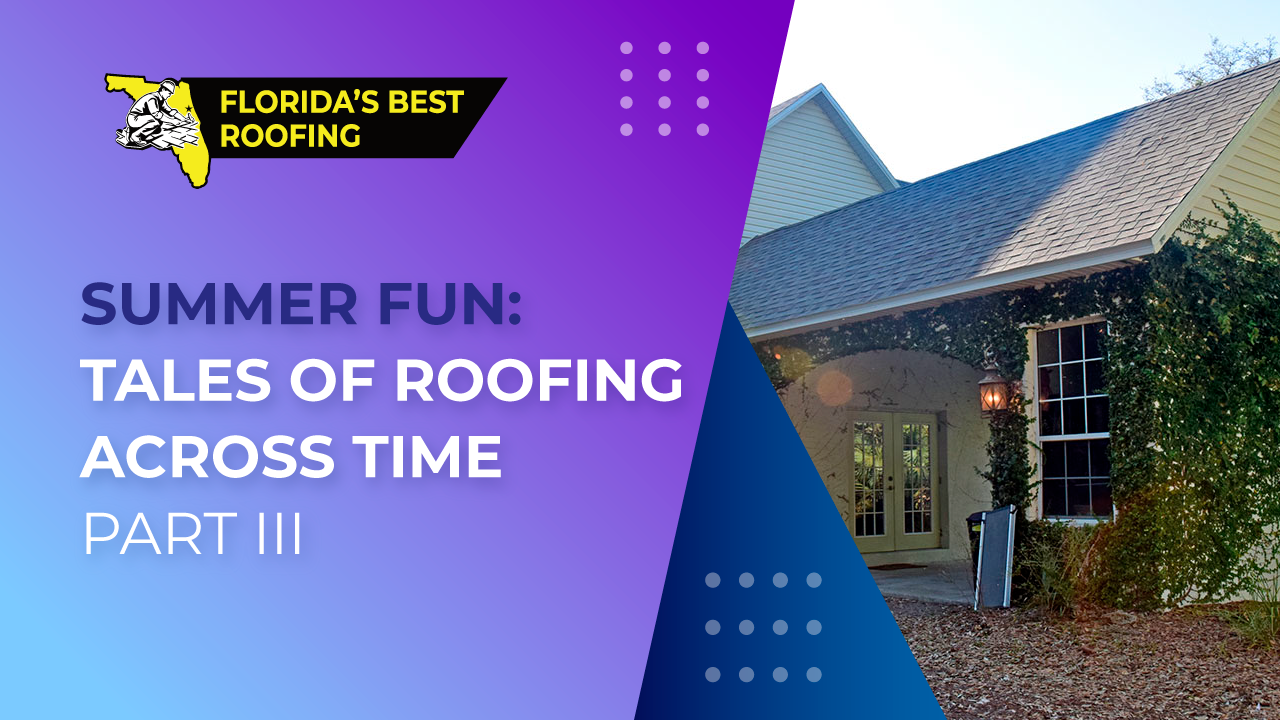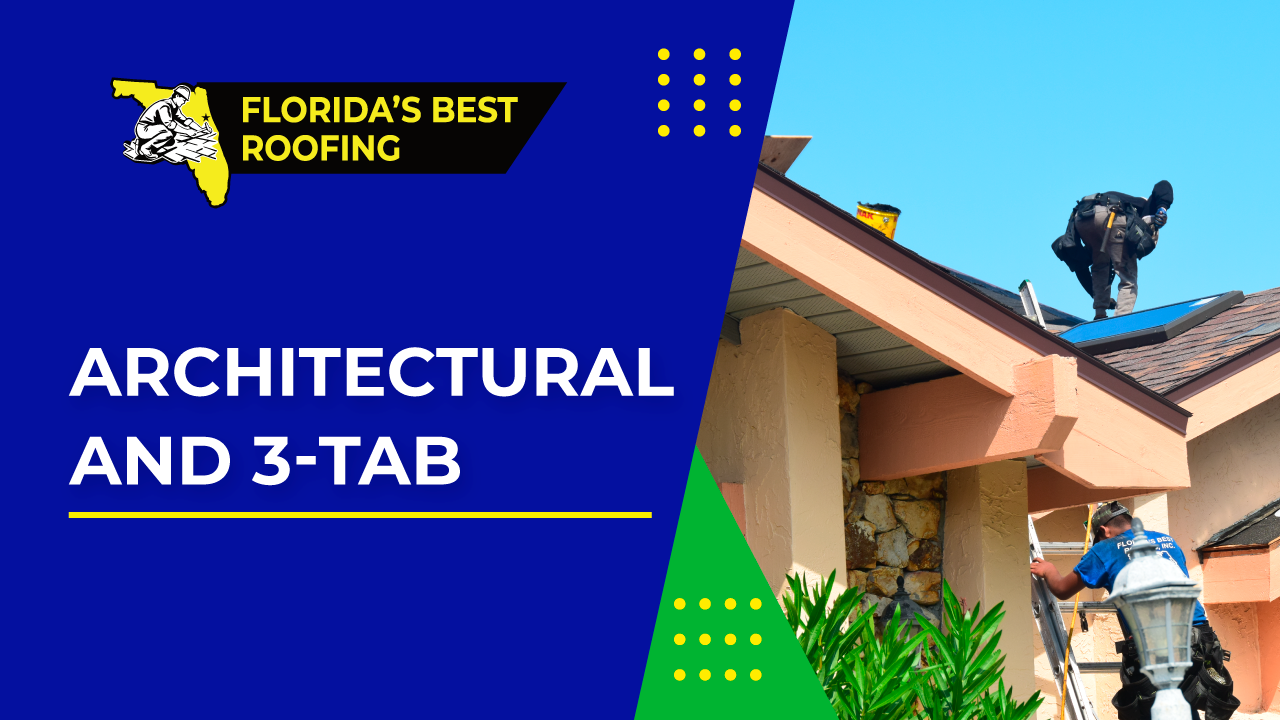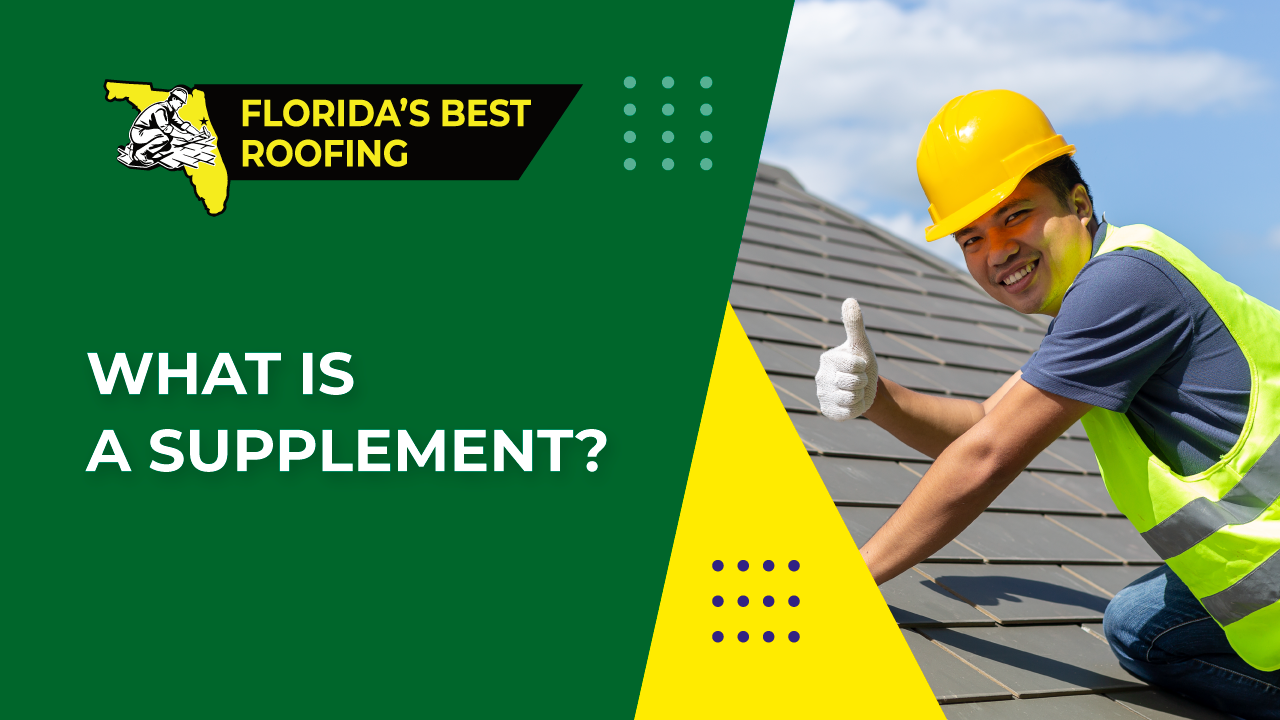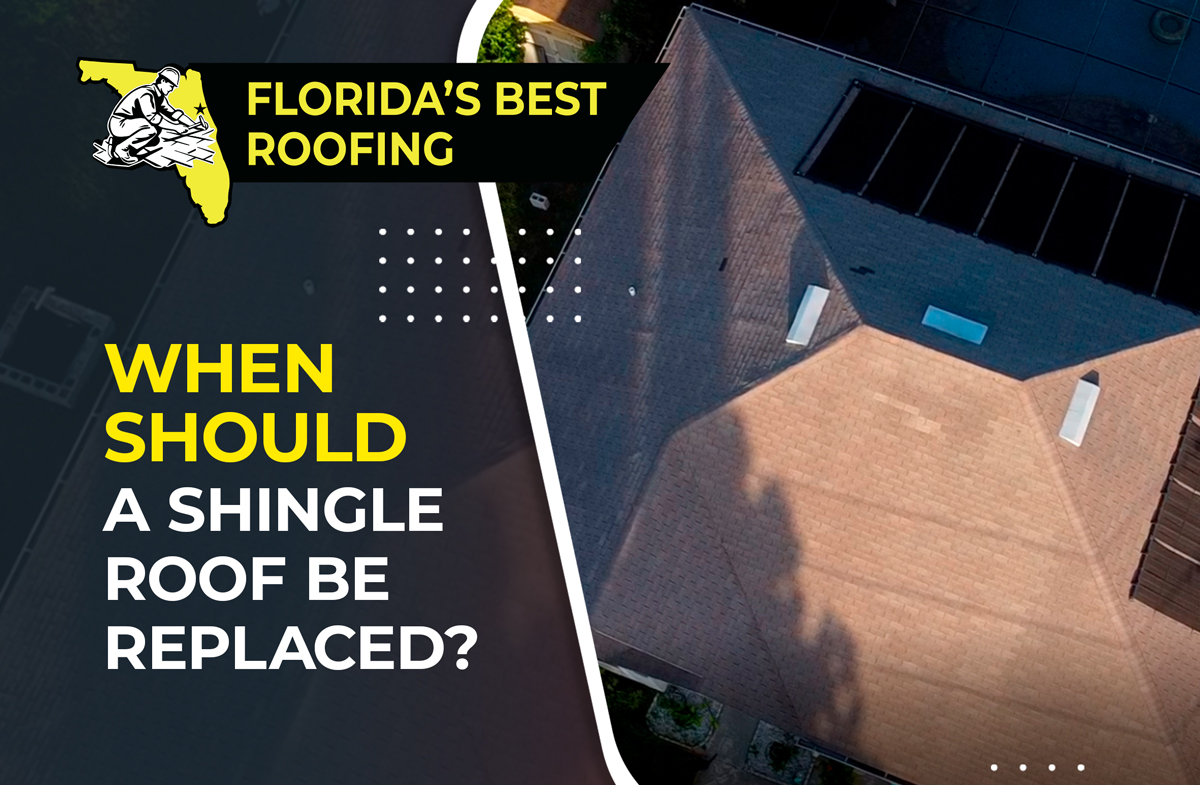Unlocking the Secrets of Roof Shingles: Crafted for Palm Coast and Daytona Beach
Roof shingles are the unsung heroes of your home’s defense against the elements, offering not just protection but also aesthetic appeal. Let’s delve into the world of roof shingles, exploring what they are, the popular asphalt variety, and how they’re expertly crafted to withstand the unique climate of Palm Coast and Daytona Beach.
Understanding Roof Shingles: Your Shield Against the Elements
Imagine roof shingles as the armor of your home, shielding it from rain, snow, and harsh sunlight. These overlapping elements, typically flat and rectangular, create a barrier that prevents water penetration into your home’s structure. Whether crafted from wood, slate, metal, or composite materials like asphalt, shingles play a vital role in maintaining the integrity of your roof.
Asphalt Shingles: The Epitome of Durability and Versatility
In the United States, asphalt shingles reign supreme as the go-to choice for residential roofing. Here’s why they’re so popular:
- Ease of Installation: Fiberglass-based asphalt shingles are not only lightweight but also easy and quick to install, making them a preferred choice for roofing contractors.
- Affordability: Compared to other roofing materials, asphalt shingles are budget-friendly without compromising on quality, offering a cost-effective solution for homeowners.
- Longevity: With proper maintenance, asphalt shingles can last anywhere from twenty to fifty years, providing durable protection against the elements.
- Variety of Colors: Asphalt shingles come in a wide array of colors, allowing homeowners to customize their roofs to match their unique aesthetic preferences without breaking the bank.
Crafting Asphalt Shingles: A Blend of Science and Precision
Ever wondered how asphalt shingles are made? Let’s take a peek behind the curtain:
- Material Preparation: Asphalt shingles are manufactured in specialized plants across the country. Here, raw materials such as asphalt and quarried limestone are processed to meet stringent quality standards.
- Fiberglass Base: The heart of asphalt shingles lies in the fiberglass base, which provides strength and flexibility. Rolled fiberglass sheets are coated with a mixture of asphalt and limestone powder at high temperatures.
- Granule Application: Next, ceramically coated granules are embedded into the asphalt-coated fiberglass sheet, providing both texture and color to the shingles. The granules are meticulously selected to ensure uniformity and durability.
- Sealing Process: To seal the shingles and enhance wind resistance, a strip of sealant is added to the sheet. Specialized machines then slice the rolls into individual shingles, which are stacked, packed, and shipped to suppliers across the country.
Ensuring Your Roof’s Integrity: Trust Florida’s Best Roofing Inc.
Whether you opt for asphalt shingles or any other roofing material, ensuring the longevity and durability of your roof is paramount. For all your roofing needs in Flagler, Palm Coast, Bunnell, Daytona Beach, and Deland, rely on Florida’s Best Roofing Inc. Call us at 386-263-7906 for a free estimate and safeguard your home with expert craftsmanship and top-notch service.

